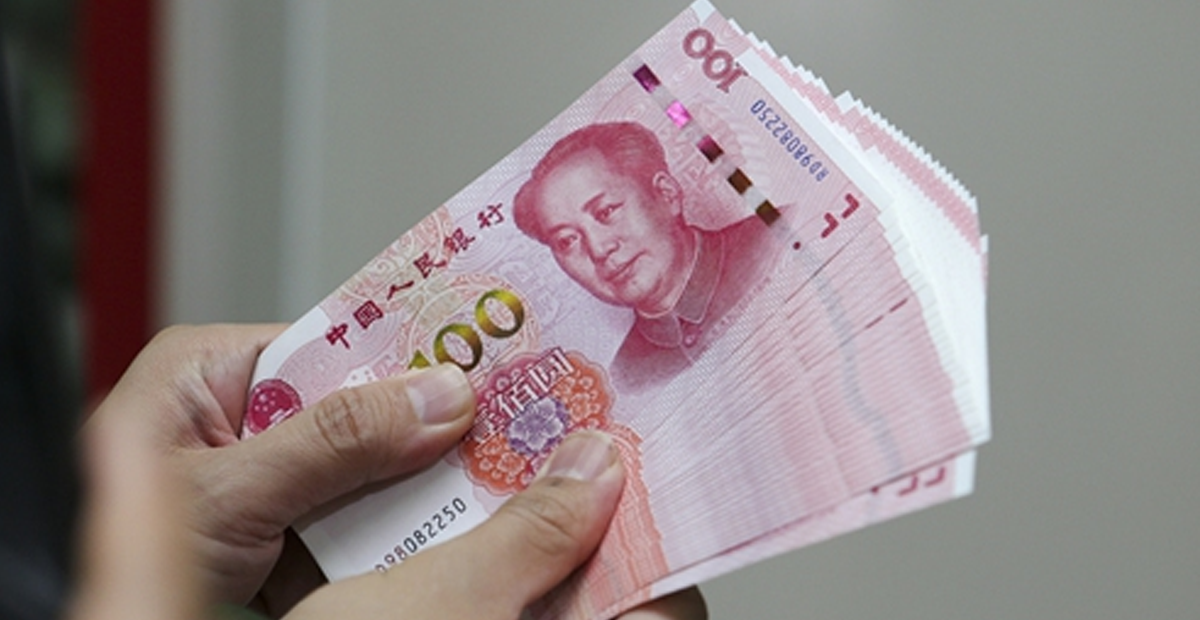China’s Bond Market Flourishes Amid Global ‘Asset Famine’ for Investors
In an unprecedented trend, Chinese sovereign debt is experiencing a record-breaking surge, indicating a mix of low confidence in the country’s financial system and an excess of liquidity in the form of cash and bank deposits. The longer end of China’s bond market has seen yields pushed to historic lows due to the substantial amount of available funds. Bankers report an extraordinary demand for savings bonds, with retail investors lining up outside branches before dawn, leading to these bonds selling out almost instantly.
This phenomenon has proven beneficial for borrowers, particularly the central government, which now pays just 3% interest on its 30-year debt. However, it also highlights the cautious stance of traders and investors. Expectations of further rate cuts and a general lack of confidence have driven investors to favor safer financial products over potentially more productive assets. A state banker in Shanghai noted that batches of savings bonds offering three-year rates at 2.38%, only slightly higher than term deposit rates, were “gone in seconds.”
Throughout this year, yields on thirty-year Chinese government bonds have fallen nearly 40 basis points, reaching a record low of below 2.4% in March. This nears the levels of the 10-year yields, which have also reached their lowest in 22 years. Despite China’s persistent efforts to redirect money from banks to growth assets through measures like rate cuts, the downturn in the real estate market has dampened the appetite for riskier investments, leading to a preference for the safest options.
Described as an “asset famine” by a Shanghai bond brokerage trader, financial institutions are struggling with an abundance of deposits and a decline in loan growth. In fact, data from last week revealed lending growth at a record low of 10.1% in February. By the end of February, Chinese banks held a record 291 trillion yuan (equivalent to $40 trillion) in deposits, with the growth of these deposits outstripping loans.
While foreign investors also participate in the market, owning less than 3% and not significantly influencing price movements, the demand mainly comes from domestic financial institutions looking for places to allocate deposits that are not being loaned out. In response to this cash glut, the central bank recently took steps to reduce excess liquidity, withdrawing a net of 94 billion yuan through a bond instrument in March, marking China’s first such action since 2022. This move aligns with the government’s strategy to prevent funds from stagnating in the banking system.
Additionally, the central bank conducted a routine survey of rural lenders’ bond portfolios to encourage a focus on core responsibilities, including supporting rural areas and small businesses. While these low rates facilitate the central government in securing long-term funding at minimal costs, concerns are rising about the potential inflation of the market due to the excessive cash-seeking investment opportunities.
Analysts like Ju Wang from BNP Paribas express caution in the near term due to the crowded long-duration positions and flattened curves. However, they also see potential opportunities for re-engagement in the medium term, as China’s monetary easing cycle is not yet concluded. This complex situation presents a delicate balance for the Chinese financial market, as it navigates the influx of liquidity and its implications for the broader economy.

.webp)




